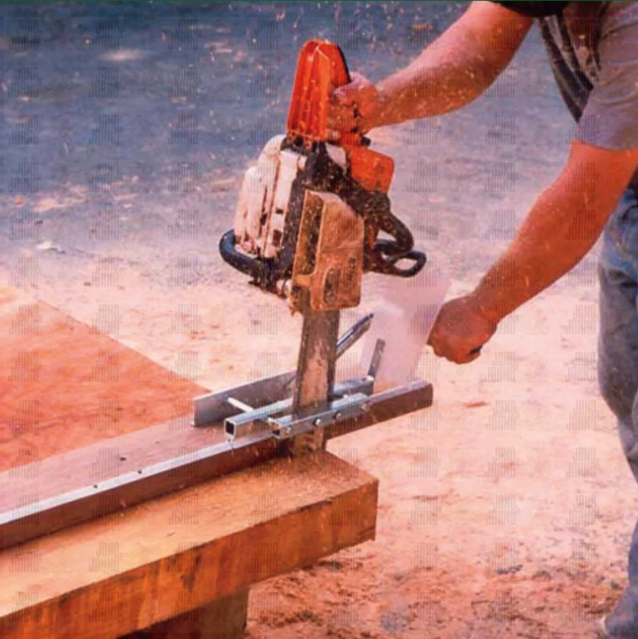Operating a chainsaw can be both rewarding and dangerous. When used properly, it’s a powerful tool for cutting wood and clearing paths. However, if neglected, it can become a source of accidents. A chainsaw that sputters or fails to cut straight can easily lead to injury, whether through an uneven cut or the chain getting jammed in the wood. When your chainsaw isn’t cutting straight, there are several factors to consider. It could be due to a dull chain, an improperly tensioned chain, or even issues with the bar itself. Let’s dive into these potential causes and how to address them effectively. There are multiple reasons why your chainsaw might be cutting crookedly. The most common culprits include a dull or uneven chain, incorrect chain tension, worn-out bar guides, or even damaged cutting teeth. Any of these issues can interfere with the smooth operation of your chainsaw. A dull chain will struggle to bite into the wood, causing the saw to wobble or cut unevenly. Regular maintenance is key—keep an eye on the wear of your chain and replace or sharpen it as needed. Investing in high-quality chains, such as those made by Stihl, can significantly extend the life of your equipment. The chain should neither be too tight nor too loose. A chain that’s too tight can put unnecessary strain on the motor and bar, while a loose chain risks derailing or damaging the saw. Make sure to adjust the chain tension according to the manufacturer’s guidelines. The bar guides are responsible for keeping the chain aligned. Over time, these guides can wear down, causing the chain to slip and create uneven cuts. If you notice excessive wear, it might be time to replace the bar entirely. Even if your chain looks fine, individual teeth might be damaged. Accidentally hitting rocks or other hard objects during use can blunt or chip the teeth, leading to uneven cuts. Always inspect your chain for damage after each use. Sharpening your chainsaw chain is a straightforward process if you follow the right steps. Here’s how to do it: Start by cleaning the chain thoroughly. Remove any dirt, oil, or debris that might interfere with the sharpening process. A quick soak in a solution of warm water and mild detergent works wonders. Afterward, rinse and dry the chain before proceeding. Set the chain tension correctly. A properly tensioned chain should allow the chain to move freely along the bar but remain snug enough to prevent it from falling off. Tighten it gradually until it feels secure but not overly tight. Begin sharpening with the shortest cutter on the chain. This ensures all cutters are the same length once you’re done. Mark the first tooth you sharpen to keep track of your progress. Hold the file at the correct angle, typically 25 to 30 degrees, depending on your saw model. File each cutter five to six times, ensuring consistent pressure. Then, switch sides and repeat the process for the opposite cutters. Finally, check the depth gauges to ensure they are lower than the adjacent cutters. If necessary, file them down slightly to maintain optimal performance. A chainsaw that cuts crookedly is a hazard, not just for you but for anyone nearby. Using a proper chainsaw sharpener can help ensure your saw operates smoothly and safely. Remember to also invest in quality chains and accessories to keep your equipment in top condition. Jono & Johno is your one-stop shop for all things chainsaws. From premium chains to safety gear, we’ve got everything you need to keep your tools in peak condition. Visit our website to browse our selection, or reach out with any questions. Neoprene party mask,Custom party mask,Halloween party mask Huaian Boshi Sports Products Co.,Ltd , https://www.cnboshisports.com
Common Reasons for a Crooked Cut
Dull or Uneven Chain
Incorrect Chain Tension
Worn-Out Bar Guides
Damaged Cutting Teeth
How to Sharpen Your Chainsaw Like a Pro
Step 1: Clean the Chain
Step 2: Adjust the Tension
Step 3: Start with the Shortest Cutter
Step 4: File at the Correct Angle
Step 5: Check the Depth Gauges
Shop for Chainsaw Accessories at Jono & Johno